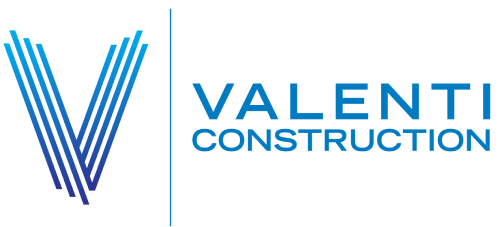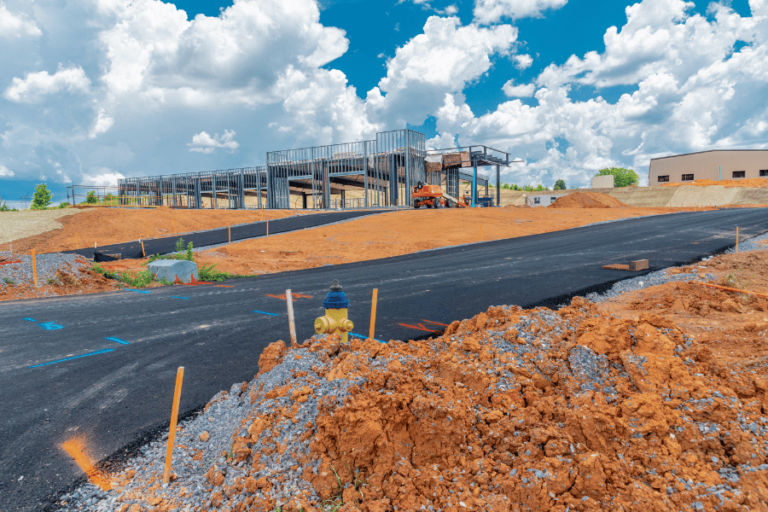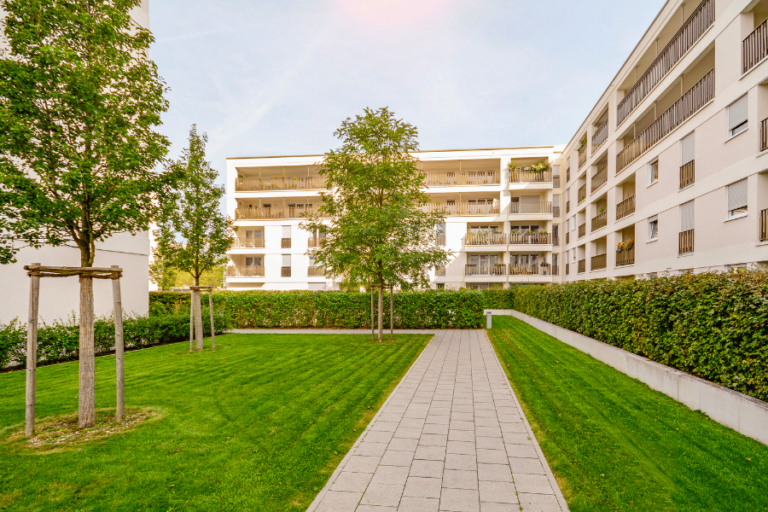5 Types of Industrial Buildings
Industrial buildings play a pivotal role in shaping the modern economy and commercial construction in Birmingham. These structures are designed to house equipment, manufacture goods, store raw materials, or fulfill distribution requirements. With the evolution of industry and commerce, industrial buildings have diversified to serve specific needs. Valenti Construction invites you to delve into five primary types of industrial buildings, examining their functions, characteristics, and uses.
5 Types of Industrial Buildings: A Comprehensive Overview
1. Warehouses and Distribution Centers
Function: Warehouses and distribution centers primarily store goods, either for long-term or short-term periods. These goods can range from raw materials waiting for processing to finished products awaiting shipment to retail centers.
Characteristics:
- Large, open spaces for storing products.
- High ceilings to accommodate tall storage racks.
- Loading docks for trucks and sometimes rail cars.
- Advanced inventory management systems.
Uses:
- Storage of goods, both raw and finished.
- Fulfillment centers for e-commerce businesses.
- Cross-docking: Transferring goods directly from an incoming truck to an outbound truck.
2. Manufacturing Plants and Factories
Function: As the name suggests, these buildings house the machinery and labor required for the production of goods.
Characteristics:
- Specific zones designated for different stages of production.
- Heavy duty flooring to bear the weight of machinery.
- Ventilation systems to deal with fumes or dust.
- Often located near transportation hubs to facilitate raw material import and product export.
Uses:
- Production of consumer and industrial goods.
- Assembly of electronic products, automobiles, or machinery.
- Processing food items.
3. Data Centers
Function: Data centers are relatively modern industrial buildings primarily meant to store servers and computer systems that manage vast amounts of data.
Characteristics:
- Climate-controlled environments to keep servers at optimal temperatures.
- Advanced fire suppression systems.
- Backup power sources to ensure continuous operation.
- High levels of security, both digital and physical.
Uses:
- Hosting websites and applications.
- Storing cloud data for businesses and individuals.
- Processing large sets of data.
4. Cold Storage Buildings
Function: These are temperature-controlled warehouses designed to store perishable goods that need to be kept at specific temperatures.
Characteristics:
- Insulated walls and floors to maintain temperatures.
- Advanced refrigeration systems.
- Zones with different temperature settings based on the goods being stored.
Uses:
- Storing perishable food items like fruits, vegetables, dairy, and meat.
- Pharmaceutical storage.
- Keeping flowers fresh before distribution.
5. Flex Buildings
Function: Flex buildings are a mix of warehouse and office space. They’re called “flex” because of the versatility they offer in terms of usage.
Characteristics:
- A combination of open storage or production areas and office spaces.
- Can easily adapt to changes in the business model.
- Modern design often suitable for both manufacturing and administrative purposes.
Uses:
- Startup companies that need both an office space and a manufacturing or product development area.
- Research and development facilities.
- Businesses that require showrooms in addition to storage or production areas.
Contact Valenti
Industrial buildings, much like the industries they serve, are not one-size-fits-all. From the sprawling expanse of warehouses to the humming cores of data centers, each serves a unique purpose. As industries continue to evolve, so too will the architecture and design of these structures, further optimizing them for their specific roles in our global economy.
Investing in or leasing an industrial building requires a thorough understanding of its intended use. A warehouse is very different from a data center, just as a manufacturing plant differs from a cold storage building. By understanding the nuances of each type of building, businesses can make informed decisions, ensuring that their operations run smoothly and efficiently. Contact us today at Valenti Construction to learn more.







